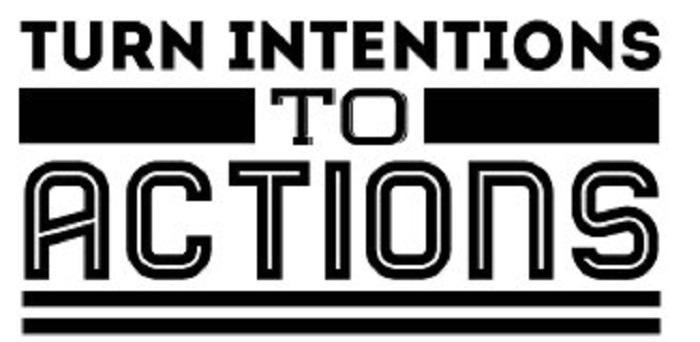Archives for November 2011
Intent Behind Strategy

The great organizations have a vision, a compelling dream that energizes the work environment, and that energy is fed over and over again. The great organizations guide their strategic intent rather than control and dictate conformity.
The future of many companies is driven by intellectual collaboration, which looks like it just happens. Here that perception is not reality. The brain of any organization may very well be the strategy and how that strategy is put into blue print form. But the intent behind that strategy, the buy-in and delivery of that strategy, is the heart beat that fuels the brain of turns it to mush. Only the intent and execution will feed the masses in the organization, to muster the resources beyond normal capabilities and abilities.
The intent behind a strategy has certain recognizable traits. It must have heart. It must instill a challenge that is within reason. What does that look like?
The point of view about the long term market that the company hopes to build upon over the coming decade must be shared. This view must unite and feel like it was personalized across the talent pool. This is the shared vision behind the strategy.
A sense of exploring new competitive angles and being ahead of the competition infiltrates internal collaboration and drives research and deployment. External collaboration is sought to complement any shortcomings.
Intent is emotional, which employees perceive as their right, while intent enables a strong destiny, which employees will own.
How does a firm get there? What process can be installed to feed this intent to go viral within an organization?
The above recognizable traits above must be in place or the strategy will languish.
The entire workforce must be challenged and given the means to achieve the intent behind the strategy. This challenge must be very specific and very detailed. But without the tools the challenge is unrealistic and breads contempt.
 People must be empowered in the process. The goal of management and their attitude should be to capture the wisdom and intellect of the masses within, to drive the action, and achieve gains in market share, or whatever the strategy desired. This does not mean in a hierarchical and downward style of communication. Quite to the contrary, the communication must be directed upward, fueled by top to bottom total buy-in.
People must be empowered in the process. The goal of management and their attitude should be to capture the wisdom and intellect of the masses within, to drive the action, and achieve gains in market share, or whatever the strategy desired. This does not mean in a hierarchical and downward style of communication. Quite to the contrary, the communication must be directed upward, fueled by top to bottom total buy-in.
If you are as seasoned as I am, you recall this being similar to what the Japanese brought to America, with their management style. We once considered all they dreamed as unachievable. Instead an obsession for winning, outweighed the lack of resources and prior capabilities. Now we are competing for our future.
What is your strategic intent? Do you publish a mission statement and assume normal markets will return?
Being the competition, doing whatever it takes to be the best, will create your reality. The great Generals had even better officers and the best on the front lines. They did not dictate a plan, they sought the plan, created the strategy, and empowered the front line to execute it.
Look into corporate collaboration today. If you are over 45, you first ought to learn the new definition of collaboration, because the great companies today don’t form committees and think about it.
